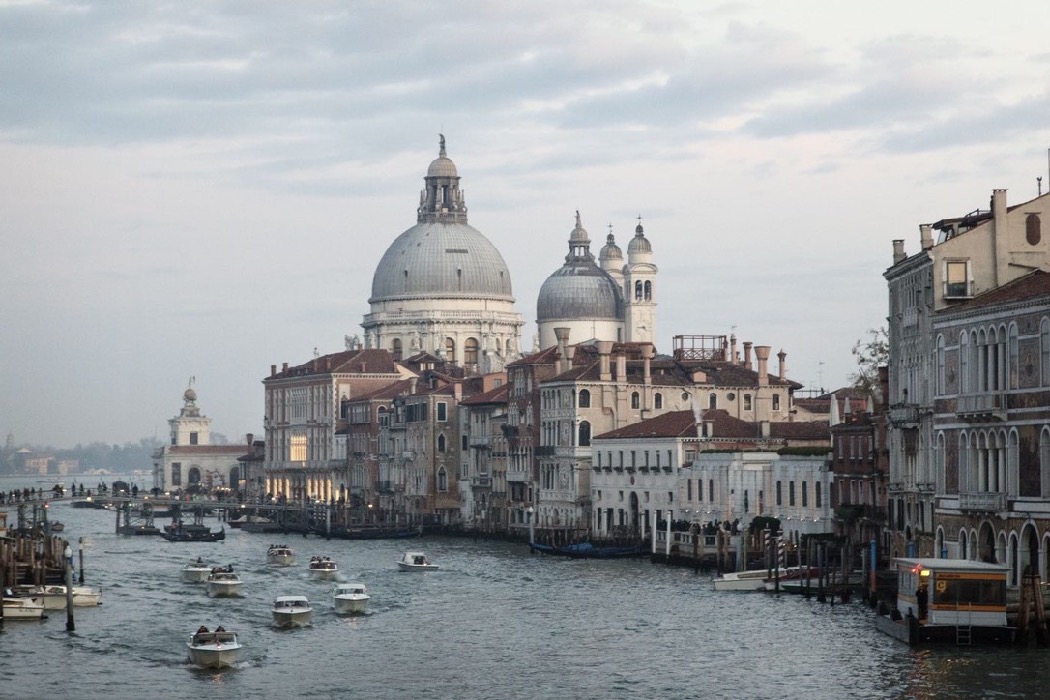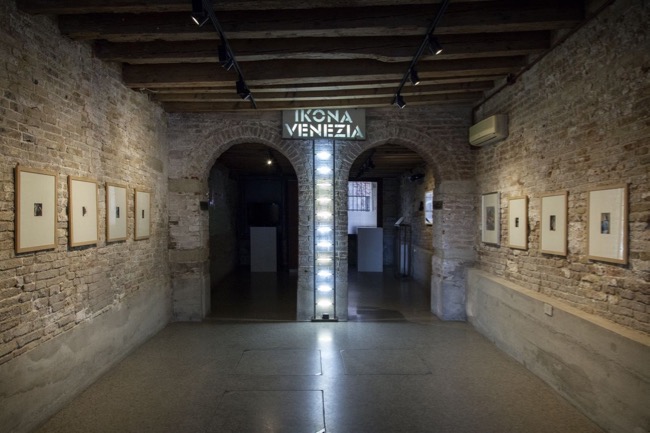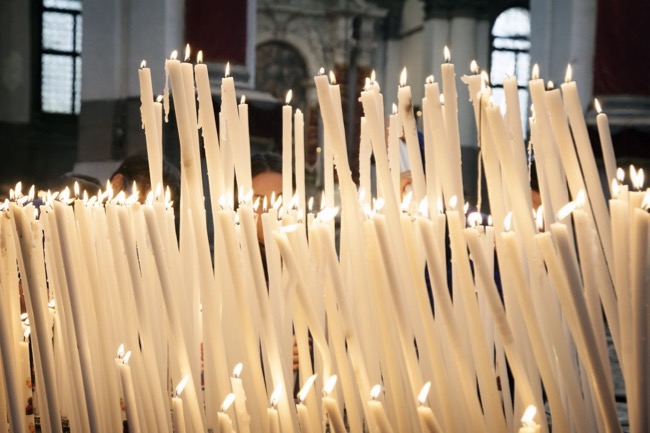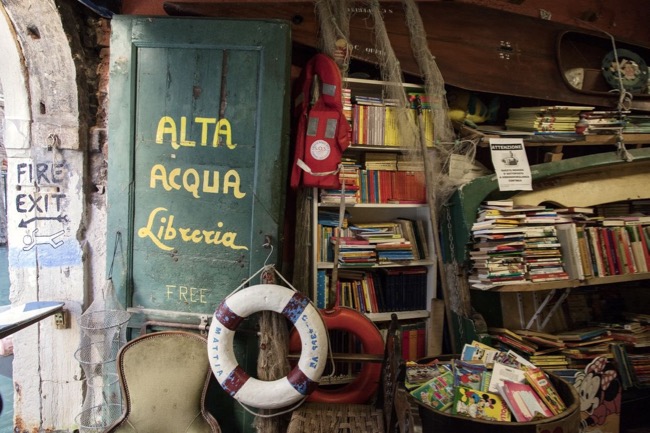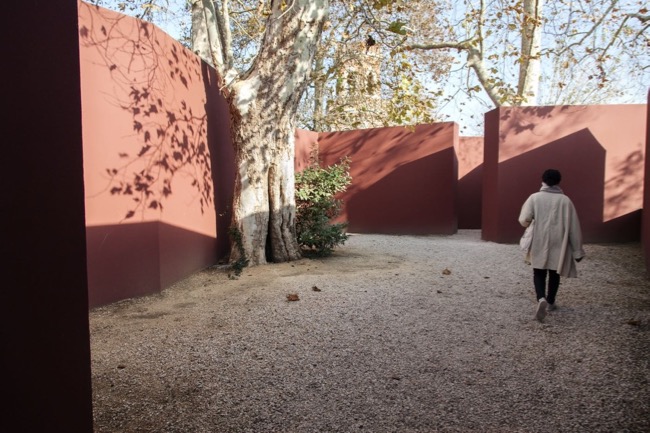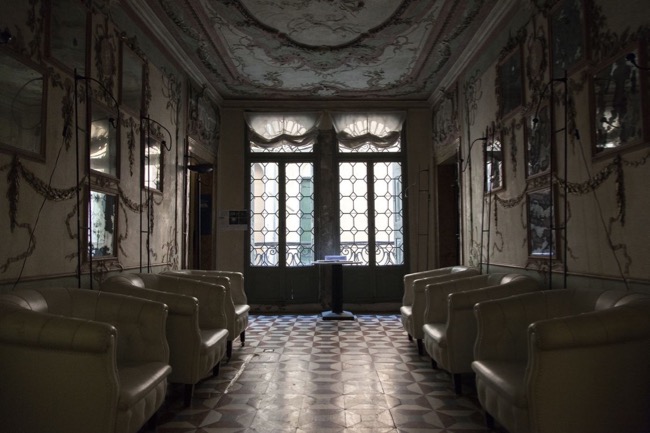“Venice is the most romantic place in the world but it’s even better when there is no-one around”. The words of the great Woody Allen, describing his relationship with the capital of the Veneto region in an interview with the Italian newspaper “Il Corriere”. The here-today-gone-tomorrow of tourism is taking over the lagoon, relegating Venetians to a diaspora pushed towards the more inhabitable mainland. A city not at all suited to those who are afraid of big crowds, like me, yet it remains unique and inimitable. An amphibian floating midway between reality and dreams.
The illusory, almost dream-like nature of Venice bestows upon it the persona of a timeless temptress, whose wonders are irrevocably linked to another: that of the cinema. “An invention with no future” is how Antoine Lumière described the cinema just a few months before a screen would light up the Minerva theatre behind St Mark’s Square, projecting glimpses of Venetian life.
This was the start of a long love story between the Lagoon City and the cinema, destined to evolve forever more, from the first version of Shakespeare’s Othello shot in 1906, to the present-day Venice International Film Festivals.


